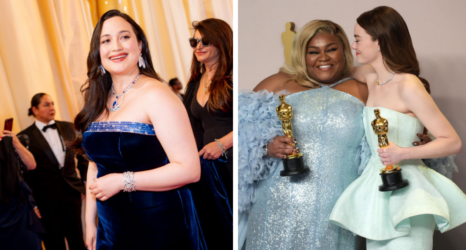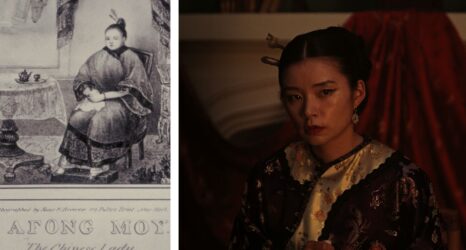The Center for the Study of Women in Television and Film at San Diego State University has released a new report that finds films with a female director employ more women in behind-the-scenes roles—such as writers, producers, editors and cinematographers—than those helmed by men.
Women and the Big Screen, a first-of-its-kind study by Martha Lauzen, examined behind-the-scenes employment of over 5,800 women and men working on the top 700 grossing domestic films of 2014—and the results are alarming. According to a press release, “On films with female directors, women comprised 52 percent of writers. In contrast, on films with exclusively male directors, women accounted for just 8 percent of writers.” Films with women directors also employed 35 percent women editors, compared to 15 percent of male-helmed films and 26 percent women cinematographers, compared to just 5 percent on films with male directors.
Said Lauzen, “The findings suggest that women directors, executive producers and producers may serve an important gateway function in the employment of other women in key behind-the-scenes roles.” While this is good news for those working on women-helmed films, the overall number of women in key key roles remains disproportionately low.
According to Lauzen’s report, “Women comprised 20 percent of all directors, writers, producers, executive producers, editors and cinematographers working on theatrically released films in 2014 … By role, women accounted for 27 percent of producers, 21 percent of executive producers, 18 percent of editors, 13 percent of directors, 13 percent of writers and 9 percent of cinematographers.”
However, of the films Lauzen considered, many had no women in any of these roles:
- 85 percent had no female directors
- 80 percent had no female writers
- 57 percent had no female executive producers
- 33 percent had no female producers
- 78 percent had no female editors
- 92 percent had no female cinematographers
Significantly, the study found that the 250 top-performing films tended to employ fewer women directors than those grossing slightly less at the box office—13 percent of the top 700 compared to 7 percent of the top 250.
As Lauzen notes, “When compared with figures for the top 250 films, the percentages of women directors and cinematographers [in the top 700 films] almost double. As these are arguably the most male-identified roles, the findings indicate that hiring decisions for these positions may be most susceptible to mainstream film industry biases and expectations about what directors and cinematographers should look like demographically.”
Get Ms. in your inbox! Click here to sign up for the Ms. magazine newsletter.
Photo of Oscar-winning director Kathryn Bigelow via Shutterstock.





